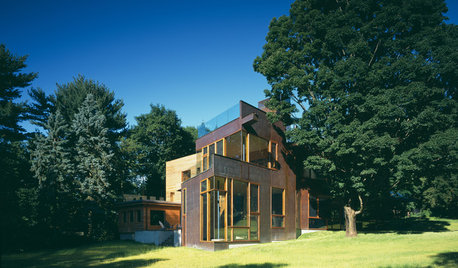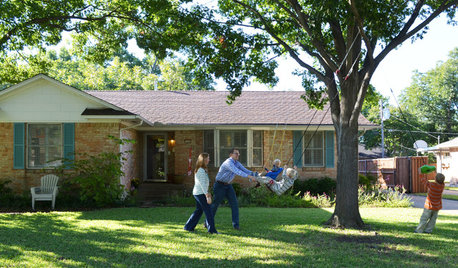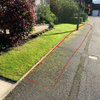Finding a middle ground.
yfael
15 years ago
Related Stories

BEDROOMSRoom of the Day: Finding Middle Ground in a Master Bedroom
He loves bold; she loves soft. It took a designer’s intervention to create a space that pleased them both
Full Story
THE ART OF ARCHITECTUREArchitect's Toolbox: Finding the Space Between
Create a middle-ground space between the cozy indoors and the possibilities outside
Full Story
ARCHITECTUREFind High Architecture When Home Gently Meets Ground
How a home lies on a landscape says volumes about its architectural point of view
Full Story
LIVING ROOMSNew This Week: 5 Great Transitional-Style Living Rooms
Find middle ground by blending the formal comfort of traditional style with the casual cool of contemporary
Full Story
DECORATING GUIDESNo Neutral Ground? Why the Color Camps Are So Opinionated
Can't we all just get along when it comes to color versus neutrals?
Full Story
REMODELING GUIDES10 Signs You’re in the Middle of a Renovation
A renovation project allows you to choose every last detail for your home, but decision making can quickly go from ‘Ooooh’ to ‘Argh!’
Full Story
HOUZZ TOURSMy Houzz: A 'Home of the Future' Finds Present Perfection
Rescued from the brink of destruction, a 1965 home gets a complete, thoughtful overhaul from a Dallas couple
Full Story
MOVINGHouse Hunting: Find Your Just-Right Size Home
Learn the reasons to go bigger or smaller and how to decide how much space you’ll really need in your next home
Full Story
FEEL-GOOD HOMEWhat Really Makes Us Happy at Home? Find Out From a New Houzz Survey
Great design has a powerful impact on our happiness in our homes. So do good cooking smells, family conversations and, yes, big-screen TVs
Full Story
ARCHITECTURERoots of Style: Spanish Eclectic Homes Find a Place in the Sun
Flexible stucco, intricate tiles and more have kept this multicultural style going strong for a century
Full StoryMore Discussions








Kimmsr
bob64
Related Professionals
Belmont Landscape Architects & Landscape Designers · Winder Landscape Architects & Landscape Designers · East Patchogue Landscape Architects & Landscape Designers · Peabody Landscape Contractors · Brownsville Landscape Contractors · Florham Park Landscape Contractors · Lyndhurst Landscape Contractors · Matteson Landscape Contractors · North Haven Landscape Contractors · Panama City Beach Landscape Contractors · Parker Landscape Contractors · Saint George Landscape Contractors · Salem Landscape Contractors · Markham Landscape Contractors · Reisterstown Landscape Contractors